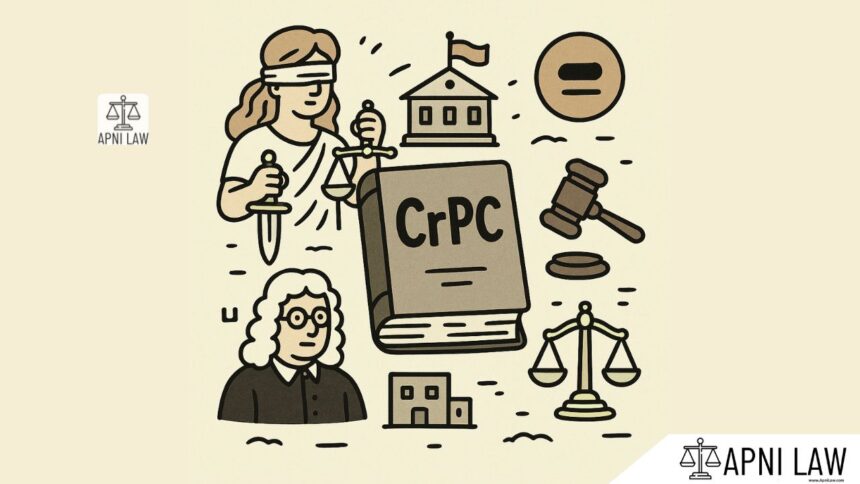Code
(1) When 1 [an Executive Magistrate] receives information that there is within his local jurisdiction any person who, within or without such jurisdiction,–
(i) either orally or in writing or in any other manner, intentionally disseminates or attempts to disseminate or abets the dissemination of,–
(a) any matter the publication of which is punishable under section 124A or section 153A or section 153B or section 295A of the Indian Penal Code (45 of 1860), or
(b) any matter concerning a Judge acting or purporting to act in the discharge of his official duties which amounts to criminal intimidation or defamation under the Indian Penal Code (45 of 1860),
(ii) makes, produces, publishes or keeps for sale, imports, exports, conveys, sells, lets to hire, distributes, publicly exhibits or in any other manner puts into circulation any obscene matter such as is referred to in section 292 of the Indian Penal Code (45 of 1860),
and the Magistrate is of opinion that there is sufficient ground for proceeding, the Magistrate may, in the manner hereinafter provided, require such person to show cause why he should not be ordered to execute a bond, with or without sureties, for his good behaviour for such period, not exceeding one year, as the Magistrate thinks fit.
(2) No proceedings shall be taken under this section against the editor, proprietor, printer or publisher of any publication registered under, and edited, printed and published in conformity with, the rules laid down in the Press and Registration of Books Act, 1867 (25 of 1867), with reference to any matter contained in such publication except by the order or under the authority of the State Government or some officer empowered by the State Government in this behalf.
Explain it
This section deals with the offense of disseminating seditious matter. It essentially criminalizes the act of publishing or circulating any content that:
- Is intended to cause fear or alarm among the public or any section of the public.
- Is intended to incite individuals to commit offenses against the state or public tranquility.
The content, however, needs to be “seditious” in nature. Sedition is defined in Section 124A of the Indian Penal Code (IPC) as the act of inciting disaffection towards the Government established by law in India.
Illustrate it
For example, publishing a pamphlet that contains inflammatory language promoting violence against a particular religious group or advocating for the overthrow of the Indian government through illegal means would be considered disseminating seditious matter under Section 108 of the CrPC.
Common Questions and Answers
Q1: What is the difference between Section 108 of CrPC and Section 124A of IPC?
A1: Section 124A of IPC defines sedition and outlines the offense, while Section 108 of CrPC deals with the act of disseminating seditious matter with the intent to cause fear or incite violence. Both sections work in conjunction to address the issue of seditious content.
Q2: Is it necessary for the content to actually incite violence for it to be considered seditious under Section 108 of CrPC?
A2: No, it is not. The intention or likelihood of causing fear or alarm or inciting violence is sufficient to constitute an offense under Section 108. The actual occurrence of violence is not a prerequisite for prosecution.
Q3: What are the punishments for violating Section 108 of CrPC?
A3: The punishment for violating Section 108 is imprisonment up to three years, a fine, or both.








